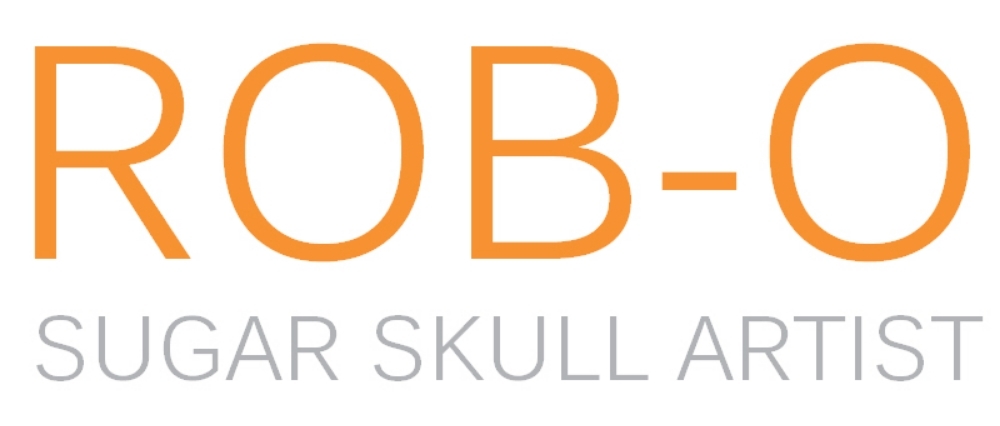
Traditional Sugar Skull Full 3-D
Because the chronology of Meso-American history is so muddled, it's unclear as to when and how the use of sugar skulls became popular in the celebration of Dia de los Muertos (Day of the Dead). What we do know is that it was the result of the cultural merging after the Spanish conquest in the sixteenth century. The use of sugar art (including skulls) in the celebration of All Saint's Day can be traced back to twelfth century Europe. The sugar skull represents the celebration of life and death as part of the modern-day Dia de los Muertos festivities. Sugar skulls are typically colorful, whimsical, cheerful, and sometimes even humorous.
This piece is a traditional sugar skull in that they are made of a pure sugar mixture. This piece of art is one-of-a-kind, A specially formulated moisture barrier coating is applied to ensure longevity. Should you want to see in more detail, we invite you to contact us.
$585

Traditional Sugar Skull Full 3-D
Because the chronology of Meso-American history is so muddled, it's unclear as to when and how the use of sugar skulls became popular in the celebration of Dia de los Muertos (Day of the Dead). What we do know is that it was the result of the cultural merging after the Spanish conquest in the sixteenth century. The use of sugar art (including skulls) in the celebration of All Saint's Day can be traced back to twelfth century Europe. The sugar skull represents the celebration of life and death as part of the modern-day Dia de los Muertos festivities. Sugar skulls are typically colorful, whimsical, cheerful, and sometimes even humorous.
This piece is a traditional sugar skull in that they are made of a pure sugar mixture. This piece of art is one-of-a-kind, A specially formulated moisture barrier coating is applied to ensure longevity. Should you want to see in more detail, we invite you to contact us.
$585


